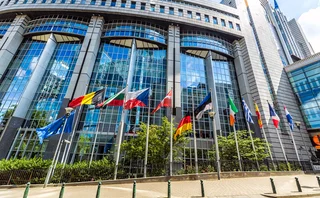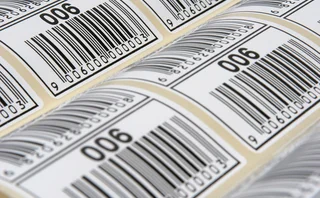
South Korea moves to limit NDF trading by onshore banks
The South Korean Ministry of Finance and Economics (Mofe) has introduced new regulations aimed at limiting activity in the non-deliverable forwards (NDF) market by onshore banks. The move is aimed at reducing the volatility in the Korean won exchange rates with other currencies witnessed in the past few months.
“The dollar selling of offshore players through NDFs was increasing,” added the official. “The speculative dollar selling was actually increasing the volatility in the Korean forex market, which may have harmful effects to the real economy. So that was why we had to introduce the regulation.”
Foreign exchange strategists were relatively unimpressed by Mofe's efforts to stem the build-up of downward momentum in the dollar/Korean won market. "I don’t think what they’re doing is particularly effective," said James Malcolm, forex strategist at JP Morgan Chase in Singapore. "On a short-term basis, it really doesn’t have very much impact because there’s no impetus to square positions - liquidity’s kind of gone but it’s not like you get penalised from carrying your existing positions." Malcolm said that in the longer term, the Korean market might develop in a similar manner to Taiwan, which he believes still remains a very liquid market. “I think it’s more just about wanting to retain a little bit more control, wanting to separate things a little bit more," said Malcolm. Putting in place control mechanisms might help stablise the South Korean currency should China decide to revalue the renminbi against the US dollar in the next few months.
The dollar/won exchange rate closed at 1,180 won on Thursday. After Friday’s announcements, the exchange rate spiked at 1,192 won but traded back to 1,186 by the end of the day. Yesterday, the US dollar/won closed at 1,185 won.
Only users who have a paid subscription or are part of a corporate subscription are able to print or copy content.
To access these options, along with all other subscription benefits, please contact info@risk.net or view our subscription options here: http://subscriptions.risk.net/subscribe
You are currently unable to print this content. Please contact info@risk.net to find out more.
You are currently unable to copy this content. Please contact info@risk.net to find out more.
Copyright Infopro Digital Limited. All rights reserved.
You may share this content using our article tools. Printing this content is for the sole use of the Authorised User (named subscriber), as outlined in our terms and conditions - https://www.infopro-insight.com/terms-conditions/insight-subscriptions/
If you would like to purchase additional rights please email info@risk.net
Copyright Infopro Digital Limited. All rights reserved.
You may share this content using our article tools. Copying this content is for the sole use of the Authorised User (named subscriber), as outlined in our terms and conditions - https://www.infopro-insight.com/terms-conditions/insight-subscriptions/
If you would like to purchase additional rights please email info@risk.net
More on Foreign exchange
Stemming the tide of rising FX settlement risk
As the trading of emerging markets currencies gathers pace and broader uncertainty sweeps across financial markets, CLS is exploring alternative services designed to mitigate settlement risk for the FX market
Power-reverse to the future: falling yen revs up PRDCs again
Pressure on Japanese unit sparks revival in power-reverse dual currency notes
Credit Suisse and Commerz latest banks to ditch hold times
Mizuho also confirms zero last look add-on but MUFG’s policy unclear on the controversial FX practice
Has Covid stopped the clocks on FX timestamp efforts?
Budget reallocation may not be the only factor stalling standardisation progress, say participants
EU benchmark drama set for cliffhanger end
Access to key FX rates due to be decided six months before potential cut-off
Banks rent ready-made algos for FX trading
NatWest, XTX Markets and others develop new outsourcing model for tech
Who killed FX volatility?
Beyond central bank policy, traders see a range of hidden structural factors at work
Harnessing the benefits of more automated fx trade lifecycle operations
FX markets are unique not only in their scale but also in their complexity. There are multiple trading paradigms, and also multiple venues where trades may be executed. The FX ecosystem is highly fragmented and the case for more automation – more…







